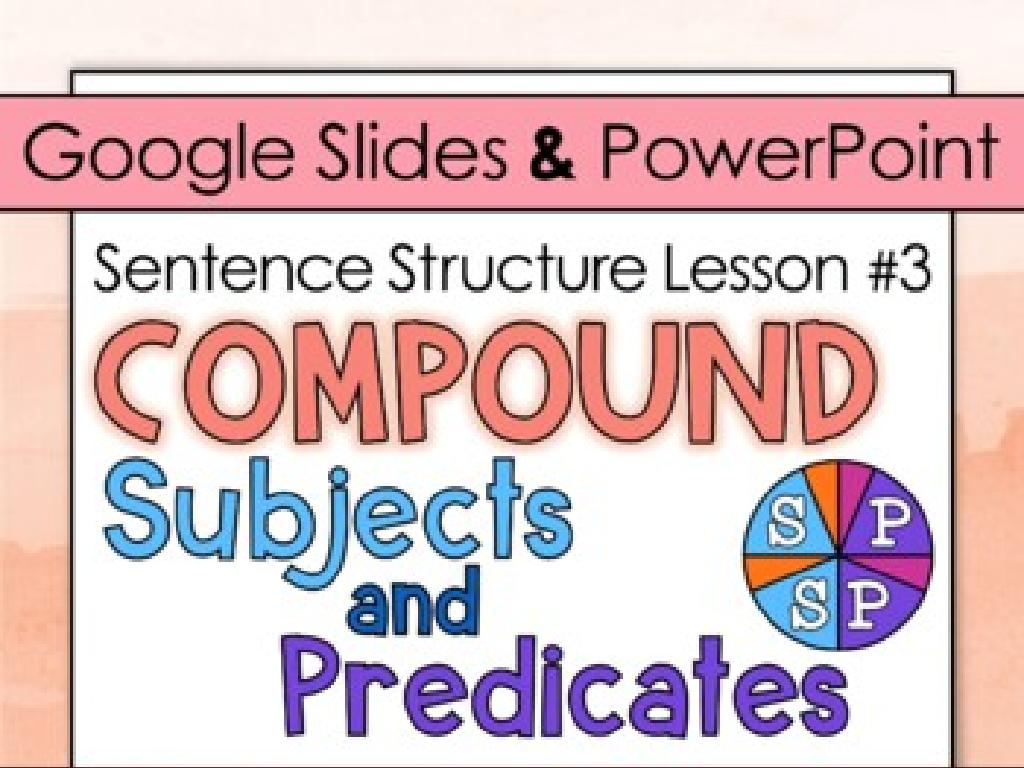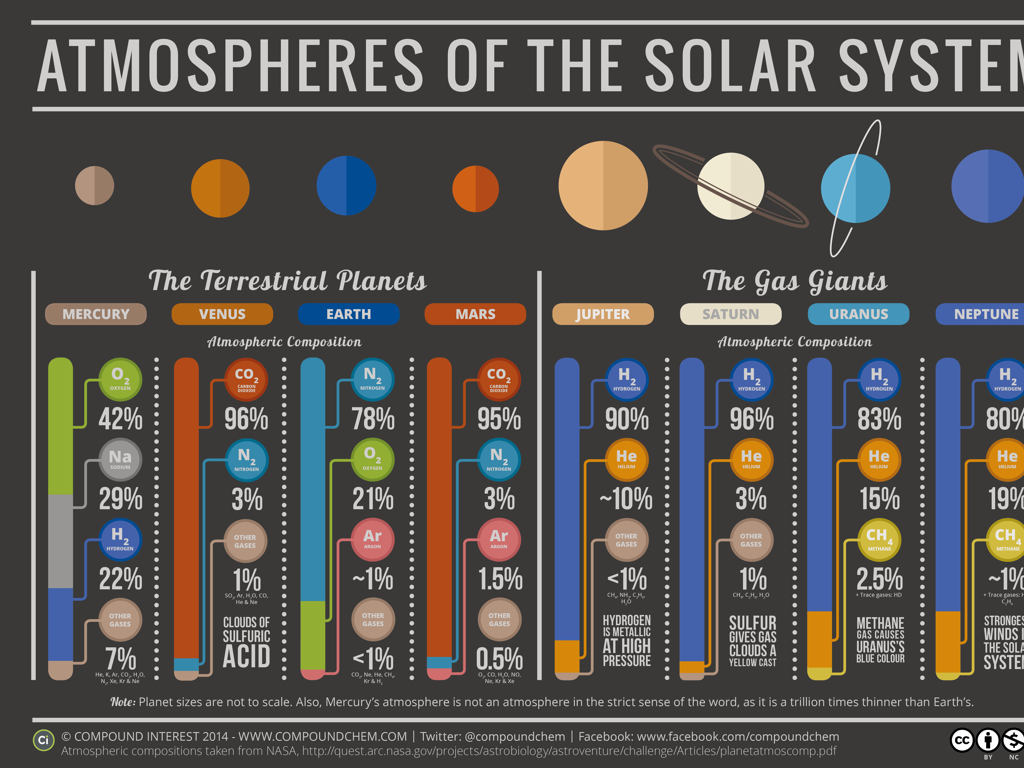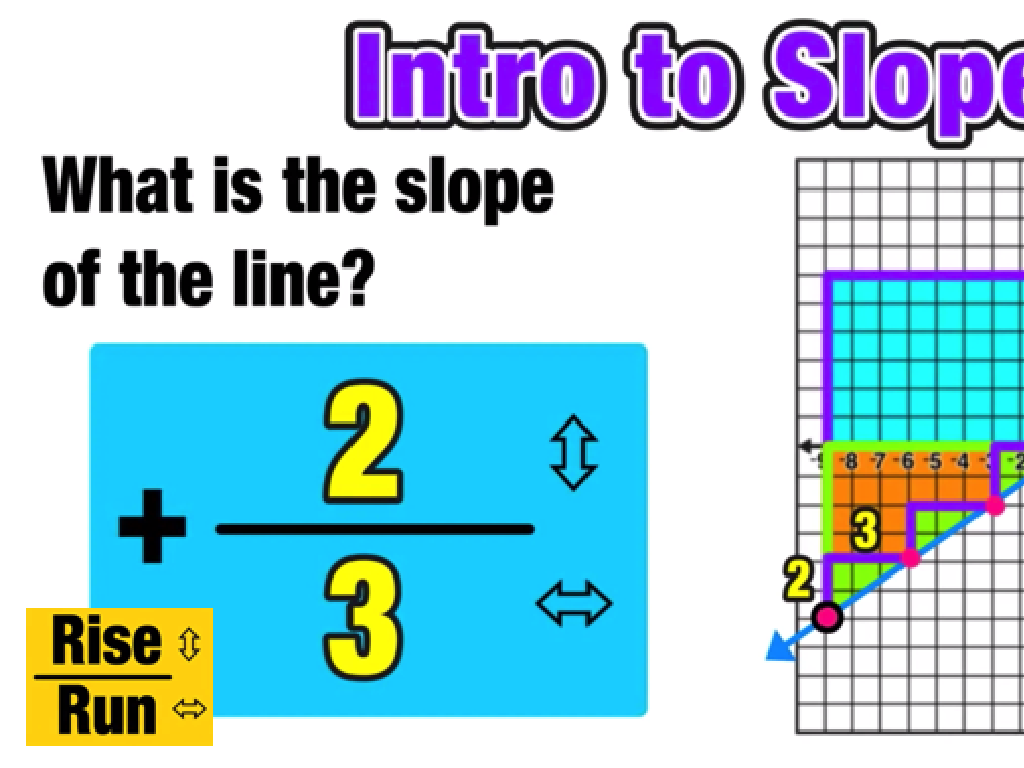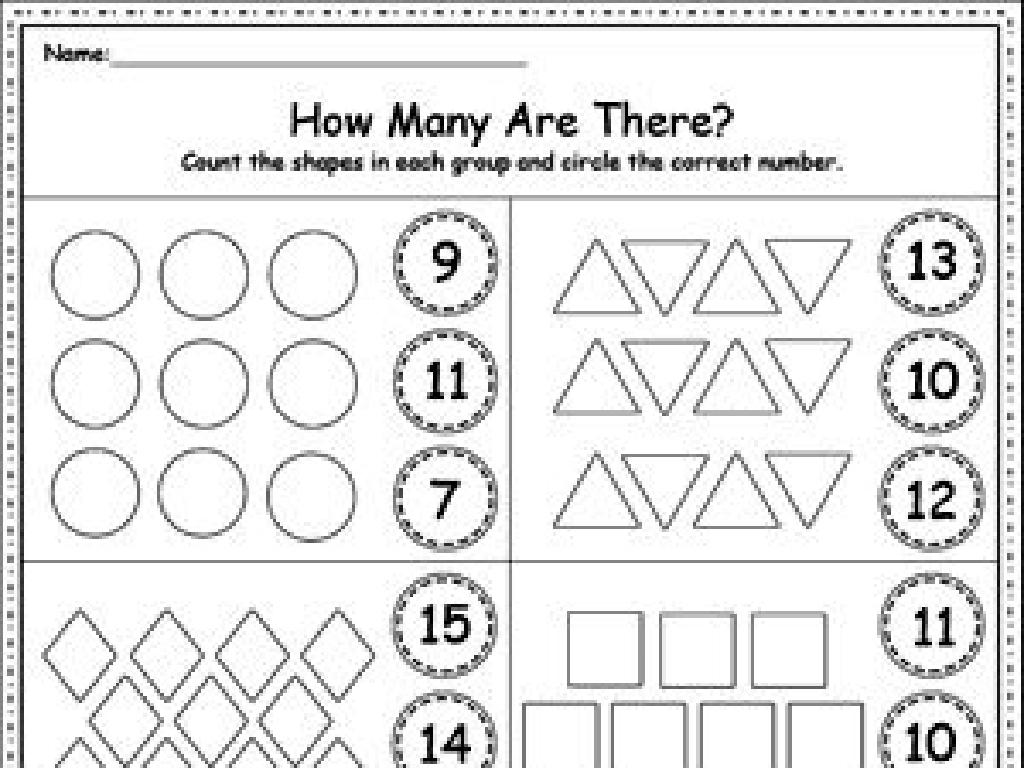Identify Pronouns And Their Antecedents
Subject: Language arts
Grade: Eighth grade
Topic: Pronouns And Antecedents
Please LOG IN to download the presentation. Access is available to registered users only.
View More Content
Welcome to Pronouns and Antecedents!
– Relationship of pronouns and antecedents
– Pronouns replace nouns; antecedents are the nouns they refer to.
– Defining pronouns and their usage
– Pronouns like ‘he’, ‘she’, ‘it’ avoid repetition and make sentences clearer.
– Matching pronouns with antecedents
– Pronouns must agree in number and gender with the nouns they replace.
– Significance of correct pronoun-antecedent agreement
– Correct agreement avoids confusion, ensuring clear and precise communication.
|
This slide introduces the concept of pronouns and their antecedents, which is fundamental in constructing coherent and concise sentences. Start by explaining the relationship between pronouns and antecedents, ensuring students understand that a pronoun is a word used to replace a noun, called the antecedent. Emphasize the importance of using pronouns to avoid repetition and make writing smoother. Discuss the rules for matching pronouns with their antecedents in terms of number, gender, and clarity. Use examples to illustrate common mistakes and their impact on sentence clarity. Encourage students to practice by identifying pronouns and their antecedents in sample sentences and to be mindful of these rules in their writing.
Understanding Pronouns
– Define a pronoun
– A word that takes the place of a noun
– Examples: he, she, it, they
– ‘He’ for boys, ‘she’ for girls, ‘it’ for objects, ‘they’ for groups
– Pronouns replace nouns
– Avoids repetition, making sentences concise
– Pronouns and clarity in sentences
|
This slide introduces the concept of pronouns, which are fundamental in English grammar. Pronouns are used in place of nouns to avoid repetition and make sentences clearer and less cumbersome. Examples include ‘he’ for males, ‘she’ for females, ‘it’ for objects or animals, and ‘they’ for plural groups. It’s crucial for students to understand how pronouns function to maintain clarity in communication. Activities can include identifying pronouns in a text and matching them with their antecedents, as well as rewriting sentences to correctly use pronouns. Emphasize the importance of using the correct pronoun to ensure the sentence’s meaning is clear.
Understanding Antecedents in Pronouns
– Define an antecedent
– An antecedent is the noun a pronoun replaces
– Relation to pronouns
– Pronouns refer back to antecedents for clarity
– Examples in sentences
– ‘Lisa found her book’ – ‘her’ refers to ‘Lisa’
|
This slide aims to clarify the concept of antecedents and how they are used with pronouns to avoid repetition and maintain clarity in sentences. An antecedent is a word for which a pronoun stands in. It’s essential for students to recognize that pronouns replace nouns to prevent redundancy and that the antecedent must be clear to the reader to avoid confusion. Provide examples where the antecedent and pronoun are clear, and discuss potential ambiguity if the antecedent is not clear. Encourage students to create sentences with clear antecedents and corresponding pronouns to reinforce the concept.
Matching Pronouns and Antecedents
– Pronoun-antecedent agreement
– A pronoun must match its antecedent in number (singular/plural) and gender.
– Number and gender rules
– Singular antecedents take singular pronouns; plural antecedents take plural pronouns.
– Correcting mismatches
– Identify errors where pronouns don’t match antecedents in number or gender and fix them.
– Practice with sentences
– Analyze sentences to apply rules of agreement.
|
This slide focuses on the concept of pronoun-antecedent agreement, which is crucial for clarity in writing. The rule of agreement ensures that pronouns match their antecedents in both number (singular or plural) and gender. Students should learn to identify mismatches, such as using ‘they’ to refer to a singular antecedent like ‘everyone’. Provide practice sentences for students to analyze and correct mismatches, reinforcing their understanding. For example, ‘The student lost their pencil’ should be corrected to ‘The student lost his or her pencil’ unless the gender is known. Encourage students to explain why mismatches occur and how to fix them, fostering a deeper comprehension of pronoun usage.
Tricky Pronoun Cases
– Indefinite pronouns usage
– Words like ‘someone’ or ‘anything’ often have unclear antecedents.
– Collective nouns agreement
– Words like ‘team’ or ‘staff’ can be singular or plural, depending on context.
– Reflexive pronouns function
– Words like ‘himself’ or ‘ourselves’ refer back to the subject of the sentence.
– Activity: Identify tricky cases
|
This slide addresses more complex aspects of pronouns and their antecedents. Indefinite pronouns can be challenging because they do not refer to a specific person, place, or thing. Collective nouns may take singular or plural pronouns based on whether the group is acting as one unit or as individuals. Reflexive pronouns are used when the subject and the object of the sentence are the same. For the activity, provide sentences where students must determine the correct pronoun usage in these tricky cases. This will help solidify their understanding through practical application.
Let’s Practice: Pronouns and Antecedents
– Exercise on identifying pronouns and antecedents
– Find pronouns in sentences and the nouns they replace
– Group activity for sentence creation
– Work together to make sentences with pronouns matching their antecedents
– Individual task to correct errors
– Fix sentences with mismatched pronouns and antecedents
– Understanding pronoun-antecedent agreement
|
This slide is designed to engage students in active practice of identifying pronouns and their antecedents. Start with an exercise where students locate pronouns in sample sentences and determine the antecedents they refer to. Then, move on to a group activity where students collaborate to create their own sentences, ensuring that the pronouns agree with their antecedents in number and gender. Lastly, provide individual tasks where students rewrite sentences to correct any pronoun-antecedent agreement errors. This hands-on approach reinforces the lesson and helps students understand the importance of clarity in pronoun usage. Possible activities: 1) Matching pronouns to pictures of their antecedents, 2) Sentence correction race, 3) Pronoun swap where students exchange sentences and identify errors, 4) Creating a story as a group with a focus on pronoun consistency, 5) Peer review of written work to find and correct pronoun-antecedent mistakes.
Group Activity: Pronoun-Antecedent Scavenger Hunt
– Form small groups for the activity
– Choose a favorite book to explore
– Find pronoun-antecedent pairs
– Look for pronouns and the nouns they replace
– Share findings with the class
– Discuss how the pronouns and antecedents agree in number and gender
|
This class activity is designed to engage students in a practical application of identifying pronouns and their antecedents. Divide the class into small groups and have each group select a book they enjoy. Their task is to find examples of pronouns and the nouns they refer to, known as antecedents, within the text. Afterward, each group will present their findings, discussing how the pronouns and antecedents agree in number and gender, which is crucial for grammatical correctness. Possible variations of the activity could include finding examples in magazines, creating a pronoun-antecedent matching game, or writing their own sentences using proper pronoun-antecedent pairs.
Wrapping Up: Pronouns and Antecedents
– Recap of pronoun-antecedent lesson
– Significance of correct agreement
– Ensures clarity and avoids confusion in writing
– Homework: Pronoun-antecedent worksheet
– Worksheet to reinforce today’s lesson
– Prepare for next class discussion
– Review your answers, ready to discuss
|
Today’s lesson covered the basics of pronouns and their antecedents, emphasizing the need for agreement in number, gender, and person to maintain clarity in writing. For homework, students are assigned a worksheet to further practice this concept, which will help solidify their understanding. The worksheet includes various sentences where students must identify the pronouns and their corresponding antecedents and ensure proper agreement. In the next class, we will review the homework answers and discuss any questions or difficulties encountered. This will also be an opportunity to address common mistakes and reinforce best practices for pronoun-antecedent agreement.






